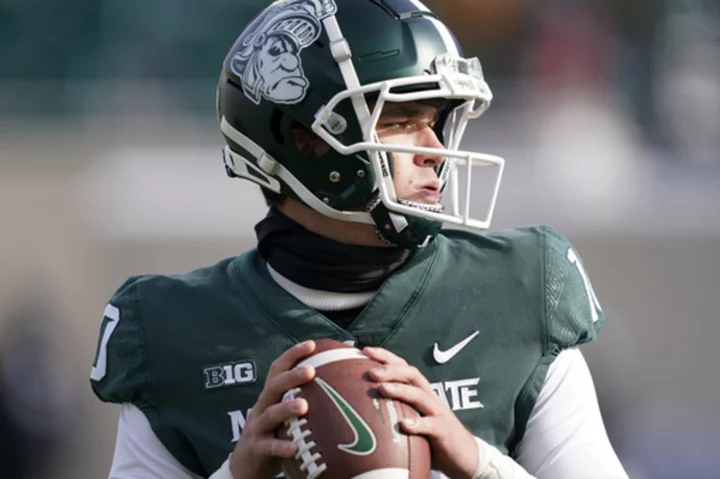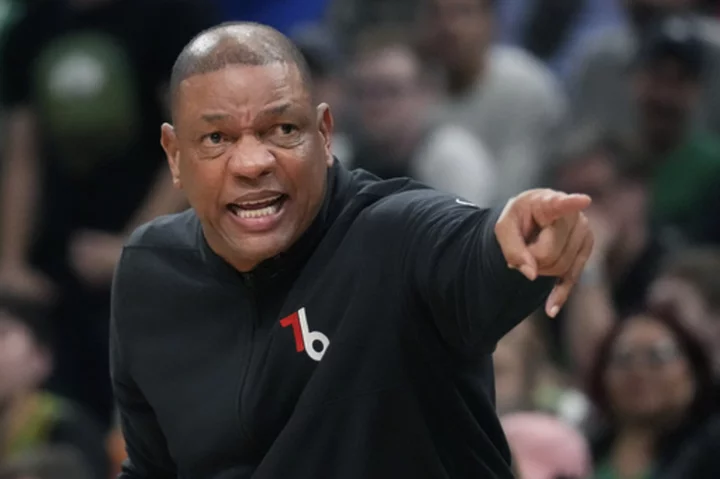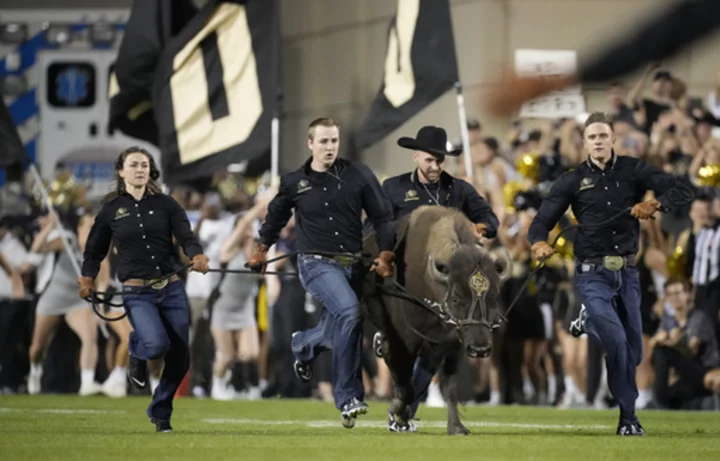The NCAA transfer portal is basically just a list of names, with athletes sorted by sport along with school names and some contact information.
Not even a position is given for the hundreds of players who go in and out.
"It kind of just leaves you blank," said AK Mogulla, director of player personnel for football at Auburn, which has added more than a half dozen transfers, including former Michigan State quarterback Payton Thorne, in the last month.
Scouting the portal and recruiting transfers is now a vital part of building a program and it moves fast. To sift through a mountain of names, athletic departments have NFL-style personnel departments that have turned to data and statistics provided by online analytics companies.
With so much information available, programs are not just evaluating who is in the portal. While scouting their opponents and opponents of opponents, personnel staffers are on the lookout for players who might someday transfer — just in case.
“The big (progams) now are much more proactive with their approach to scouring other teams' rosters for competitive advantages — or for potentially recruiting them out,” said Drew Borland, the founder of SportSource Analytics.
He said SSA provides data packages and online tools to more than 85 Division I schools assessing thousands of players. The UCReport is another service schools use and so is Tracking Football.
Mogulla, who worked for three NFL teams before shifting to college football in 2020 with Georgia Tech, followed new Tigers head coach Hugh Freeze to Auburn.
Like most schools, Auburn has one staff member whose primary duty is monitoring portal activity, Mogulla said. Even before the transfer periods start, personnel staffers are tracking news reports and social media chatter looking for clues about which players will be on the move.
Recruiting players before their names are in the portal violates NCAA rules against tampering.
Those rules are difficult to enforce, with so many ways for coaches to either indirectly or discreetly let a player know he would have options if he entered the portal.
Group of Five schools and FCS programs with fewer resources to handle roster management tend to be more reactive when it comes to the portal. Borland said access to data can help them.
“But, you know, tampering is going to happen whether there’s a tool or not,” Borland said.
The winter transfer widow for undergraduate football players to enter the portal and be immediately eligible to play the next season is 45 days, starting right after the regular season. The window opens again for 15 days in mid-April. Players can sign with a new school after the windows close and players who have graduated can also enter any time and be immediately eligible.
Personnel staffers compare recruiting transfers to speed dating.
“Now it’s even more important to be efficient with your time and not waste more than five minutes on a kid trying to see what he did in college, what position he is; if he’s actually a kid that we should investigate further,” said Ephi Levy, director of player personnel at South Florida.
____
Follow Ralph D. Russo at https://twitter.com/ralphDrussoAP and listen at http://www.appodcasts.com
___
AP college football: https://apnews.com/hub/college-football and https://twitter.com/ap_top25









